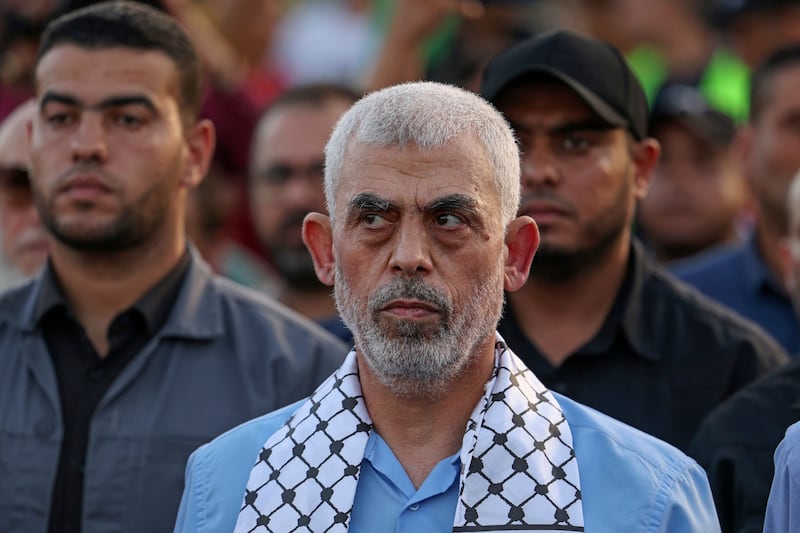The declared objective of Israel’s Swords of Iron offensive in Gaza is to eliminate Hamas root and branch after 36 years of cyclical battles with the group’s military wing. Humiliated by the October 7th shock infiltration of southern Israel by Hamas fighters who killed 1,400 Israelis and visitors and took at least 199 captives, Israel is determined to remove the threat posed by its most dedicated enemy.
Hamas’s Izzedine al-Qassam brigades form only one branch on the Hamas tree, which has sunk deep roots in the soil of bullied, battered and destitute Gaza. Hamas is an acronym for Harakat al-Muqawama al-Islamiyah, the Islamic Resistance Movement. It was founded by Muslim Brotherhood cleric Sheikh Ahmed Yassin, who carried out welfare work in Gaza and the West Bank during the 1960s. Like its parent movement, Hamas has provided aid to the poor and built schools, clinics and mosques. It has sponsored light industry, sports, youth camps, scholarships and elder care. Many of its professional members are engineers and doctors who have donated part of their time to charitable work.
Hamas established its military wing in late December 1987 following the eruption of the first intifada, or uprising, that ended in 1993 when Fatah and Israel signed the first Oslo Accord, which Hamas rejected, calling for armed resistance to the Israeli occupation.
Fatah formed the Palestinian Authority (PA) and ruled Gaza and the West Bank until 2006 when Hamas won the legislative election. Hamas head Ismail Haniyeh was appointed prime minister but was boycotted by Israel and its western allies, which imposed sanctions on the authority.
READ MORE
In June 2007, Palestinian president Mahmoud Abbas controversially replaced Haniyeh with Salam Fayyad. In response to the coup, Hamas seized control of Gaza and drove Fatah’s security forces from the strip. Haniyeh headed Hamas’s Gaza administration until 2014. He currently chairs the movement’s political bureau, which is based in Qatar. Hamas’s head in Gaza is former military chief Yahya Sinwar, who tops Israel’s most wanted list.

Hamas raises funds through taxes called zakat and has received financial contributions from Iran, Turkey, Islamic charities in the West and non-governmental organisations in the Gulf. The United States, Europe and Israel have clamped down on funding from abroad while the West Bank-based PA has denied Hamas funds. The West has branded Hamas a terrorist organisation. Natural gas-rich Qatar, which hosts US Central Command, has funded fuel for Gaza’s power plant, assisted poor families and paid salaries of cash-strapped Hamas-appointed civil servants.
Even if Israel succeeds in killing Hamas’s Gaza-based leaders and capturing or killing its paramilitary commanders and foot soldiers, Israel will have to deal with Hamas’s administration and welfare infrastructure and activities. Palestinians could resist replacing Hamas with the deeply unpopular PA, which is accused of corruption, nepotism and collaborating with Israel. Many Palestinians see Hamas as heroic for resisting Israel’s occupation, despite Israel’s terrible retribution for the October 7th attack.














